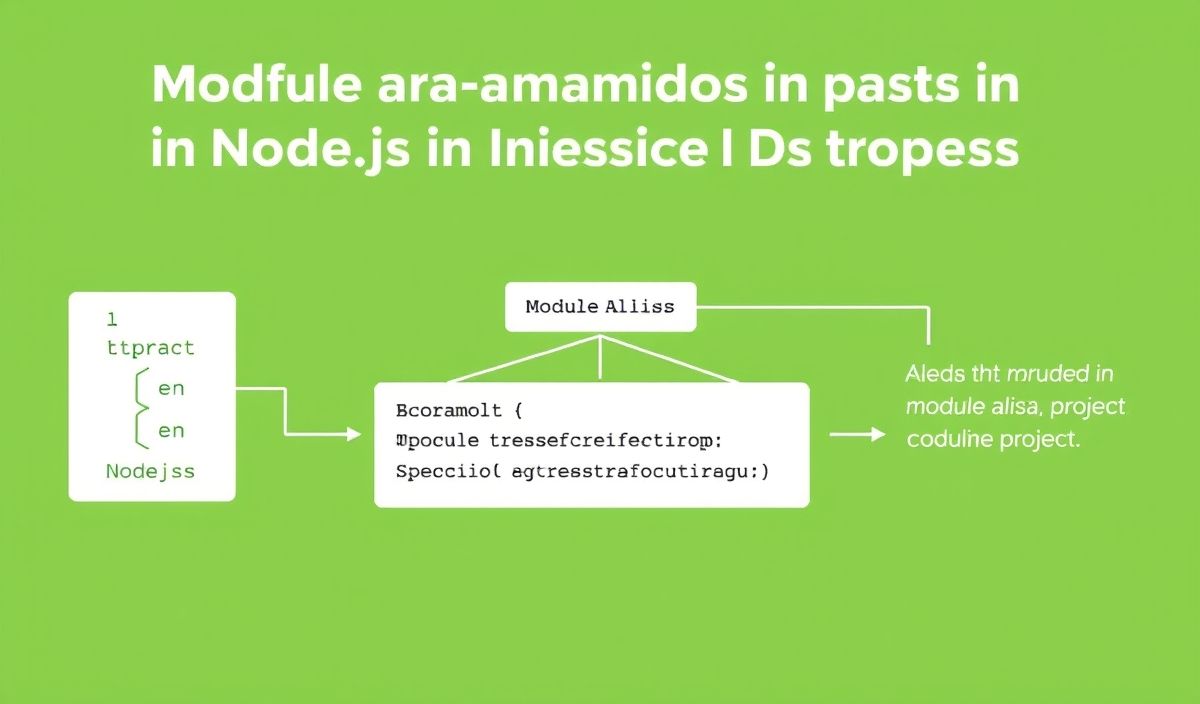Introduction to bpmn-js
bpmn-js is a powerful library for creating and managing BPMN 2.0 diagrams in the browser. It is a complete toolkit that allows developers to implement complex workflow and process automation systems with ease. In this tutorial, we will explore various APIs provided by bpmn-js to help you understand how to use this library effectively. We will start with basic operations and gradually move to more advanced features, including a comprehensive app example integrating multiple APIs.
Getting Started with bpmn-js
To begin, you need to install bpmn-js in your project. You can do this via npm:
npm install bpmn-jsCreating a BPMN Diagram
First, let’s create an instance of the bpmn-js modeler and load a simple BPMN diagram:
import BpmnModeler from 'bpmn-js/lib/Modeler';
const modeler = new BpmnModeler({
container: '#canvas'
});
async function loadDiagram(diagramXml) {
try {
await modeler.importXML(diagramXml);
console.log('Diagram loaded successfully');
} catch (err) {
console.error('Failed to load diagram:', err);
}
}
const diagramXml = `
`;
loadDiagram(diagramXml);
Handling XML Export
To export the current diagram to BPMN XML format, you can use the following API:
async function exportDiagram() {
try {
const { xml } = await modeler.saveXML({ format: true });
console.log('Diagram XML:', xml);
} catch (err) {
console.error('Failed to save XML:', err);
}
}
Adding Custom Elements
You can also add custom elements to your diagram by using the create API:
const elementFactory = modeler.get('elementFactory');
const rootElement = modeler.get('canvas').getRootElement();
const customShape = elementFactory.createShape({
type: 'bpmn:Task'
});
modeler.get('modeling').createShape(customShape, { x: 300, y: 200 }, rootElement);
Styling Elements
To style BPMN elements, you might want to use the APIs for setting color:
const elementRegistry = modeler.get('elementRegistry');
const modeling = modeler.get('modeling');
const taskElement = elementRegistry.get('Task_1');
modeling.setColor(taskElement, {
fill: 'yellow',
stroke: 'black'
});
Comprehensive Application Example
Now, let’s bring it all together in a simple BPMN modeler application:
import BpmnModeler from 'bpmn-js/lib/Modeler';
const xml = `
...
function App() {
const containerRef = useRef(null);
useEffect(() => {
const modeler = new BpmnModeler({
container: containerRef.current
});
modeler.importXML(xml)
.then(() => console.log('Diagram imported successfully'))
.catch(err => console.error('Failed to import diagram:', err));
// Export functionality
async function exportDiagram() {
try {
const { xml } = await modeler.saveXML({ format: true });
console.log('Exported Diagram XML:', xml);
} catch (err) {
console.error('Failed to export XML:', err);
}
}
// Usage of other APIs (Creating Element, Changing colors, etc.)
...
}, []);
return (
);
}
export default App;
This example showcases the use of bpmn-js to create, manipulate, and export BPMN diagrams, making it easier to understand and implement BPMN 2.0 standards in your applications.
With the above guide, you should be well-equipped to embark on your journey with bpmn-js and leverage its capabilities in your workflow automation projects.
Hash: 996eb9e938b8f7b3ae841ccef9ad6474d68231902ce92ddd9d6df0f2276acfeb




